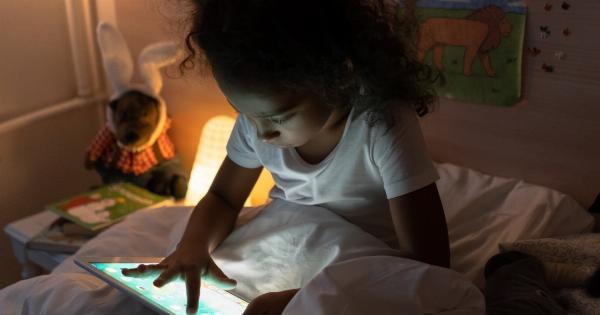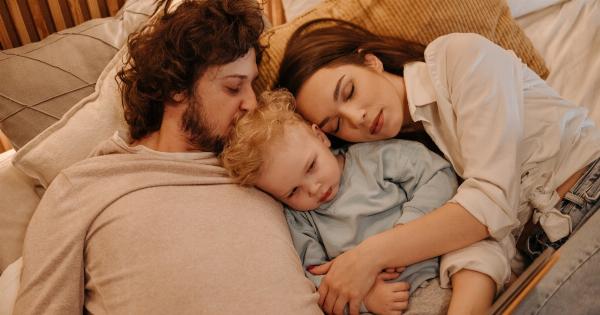Technology has become an integral part of modern life. Children spend more time on electronic devices than ever before, and this trend is only increasing. Unfortunately, this has significant negative effects on children’s sleep.
Studies show that electronic use before bedtime delays the onset of sleep, reduces the overall amount of sleep, and negatively impacts sleep quality. Here we explore this issue in more detail, examining the ways in which technology affects children’s sleep, and what parents and caregivers can do to mitigate these effects.
Why is Sleep Important for Children?
Sleep is a vital aspect of children’s physical, emotional, and cognitive development. During sleep, the brain consolidates and processes information, and the body heals and repairs itself.
Sleep helps regulate mood, emotion, and behavior, and is essential for growth and development. Children who do not get enough sleep are more prone to behavioral problems, poor academic performance, and physical health concerns.
How Technology Affects Children’s Sleep
There are several ways in which technology affects children’s sleep:.
1. Blue Light Exposure
Electronic devices such as televisions, smartphones, and tablets emit blue light that disrupts the body’s natural circadian rhythms.
Exposure to blue light before bedtime delays the onset of sleep, making it harder for children to fall asleep quickly and reducing sleep quality overall.
2. Mental Stimulation
Many electronic devices such as games and social media platforms are highly mentally stimulating. Children may become engrossed in these activities, making it difficult for them to wind down and switch off before bedtime.
3. Irregular Bedtime Routines
Children who are allowed to use electronic devices before bedtime may have irregular sleep patterns, making it harder to establish a consistent bedtime routine. This can lead to sleep deprivation and poor sleep quality in the long term.
4. Sleep Disruption
Electronic devices can disrupt children’s sleep in several ways. Notifications from smartphones and other devices can cause interruptions, leading to restless sleep.
Additionally, the presence of devices in the bedroom can be stimulating and distracting, leading to less restful sleep overall.
What Can Parents Do?
Fortunately, there are several steps parents can take to mitigate the negative effects of technology on children’s sleep:.
1. Establish a Consistent Bedtime Routine
Ensure your child has a consistent bedtime routine that does not involve electronic devices. This can include reading a book, taking a bath, or listening to calming music.
2. Implement Screen-Time Limits
Set limits on the amount of time your child spends on electronic devices each day. Encourage other activities such as outdoor play, creative projects, and socializing with friends.
3. No Devices in the Bedroom
Remove electronic devices from your child’s bedroom to reduce distractions and promote restful sleep.
4. Establish a Family Charging Station
Charge electronic devices outside of the bedroom to avoid stimulating notifications and encourage healthy boundaries around technology use.
Conclusion
In summary, technology has significant negative effects on children’s sleep, including delays in onset, reduced overall sleep time, and poor sleep quality.
Parents and caregivers can take steps to mitigate these effects by establishing consistent bedtime routines, implementing screen-time limits, removing devices from the bedroom, and creating a family charging station. By prioritizing healthy sleep habits, parents can help their children develop into healthy, happy, and well-rested individuals.































